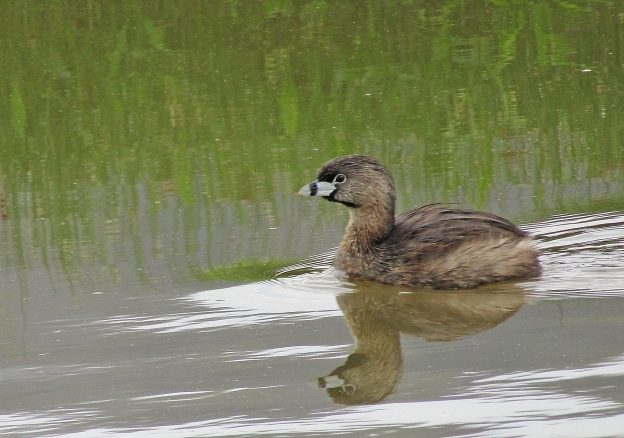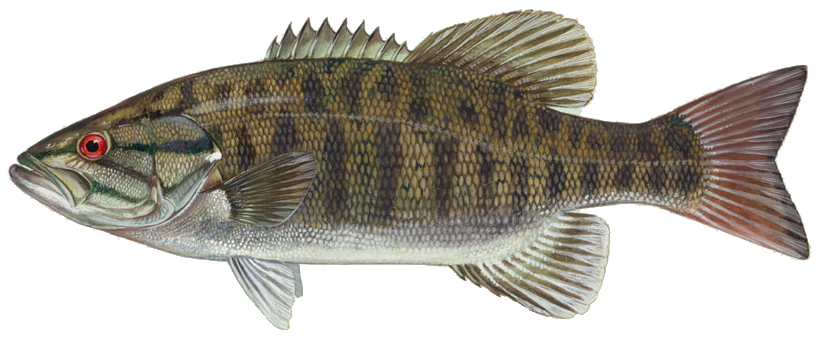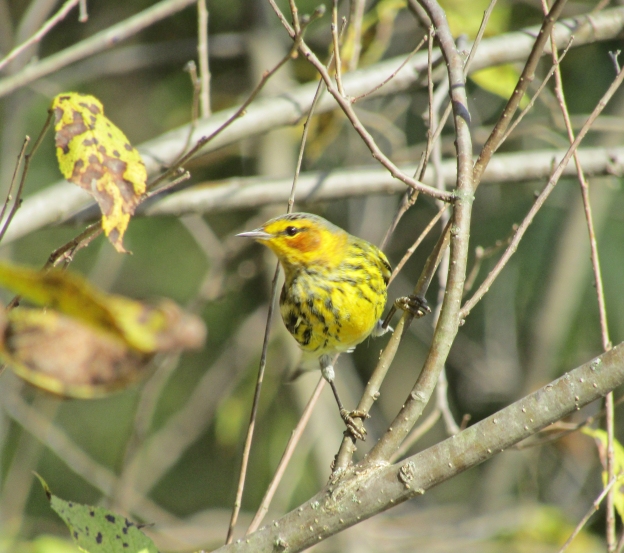
Photo by Bryan Stevens
Red-winged blackbirds mob an American crow. In turn, crows often mob large raptors, such as red-tailed hawks and great horned owls.
There’s something rather autumnal about watching a flock of American crows glean the last scattered kernels of corn from a harvested field as a sentry stands guard ready to utter the alarm with some guttural “caws” should anything potentially threatening appear on the scene. Crows are such a part of the landscape that they would almost escape our notice if they didn’t come with centuries of accumulated baggage that makes us distrust them and suspect their every action.
The crow, largely thanks to its black plumage, but perhaps also with a nod to its avian intelligence, has long been associated with Halloween. Greeting cards and decorations for the holiday often feature depictions of bats, owls and black cats, as well as the inevitable crow and the accompanying scarecrow. It’s not like the straw-filled sentries that stand guard over a farmer’s fields do anything to intimidate or even discourage crows. With a brain about as big as a man’s thumb, the crow is renowned among ornithologists and other scientists for its keen intelligence. Crows are not fooled for a second by the masquerade of a scarecrow propped in a field.

Photo by Bryan Stevens / Wary American crows survey their surroundings.
The intelligence of this bird has long been known. Early American naturalist William Bartram wrote about a crow named Tom in a unique naturalist essay titled “Anecdotes of an American Crow.” Bartram, who lived from 1739 to 1823, brought humor and insight to his subject as he wrote about the joys, as well as tribulations, of living with Tom, a crow that enjoyed tormenting Bartram’s dog and stealing the writer’s spectacles and trying to hide them.
The essay demonstrates that almost as soon as Europeans arrived in North America, some of those with a bent toward the natural world recognized the intelligence and amazing adaptability of the American crow. As well as writing about the natural world, Bartram earned widespread acclaim for his drawings of botanical and ornithological subjects. Tom, the featured crow in Bartram’s brief essay, certainly exhibited intelligence of an impressive degree. Not only did the crow steal his owners eyeglasses, he foiled Bartram’s first attempt to reclaim them. Noting Bartram’s attention to his efforts to hide the purloined spectacles, Tom snatched the eyeglasses a second time when Bartram made a premature attempt to reclaim them. The situation makes very humorous reading.
What else have crows done down through the ages to gain such a dark and much undeserved reputation? It probably doesn’t help matters that a flock of crows is known as a “murder.” Ancient Greeks considered crows as omens, which often foretold death and other disasters. On the positive side, many Native American tribes revere crows as communicators between worlds. Crows have been documented using tools and solving problems, which shows an uncanny ability to analyze and strategize. Early Celtic people also noted and admired these traits in crows.

Early naturalist and artist John James Audubon painted this American crow.
In addition, crows forage beyond the cornfield for their food. Many crows scavenge road-killed wildlife, such as squirrels, opossums and rabbits. While they eat carrion, they do so less often than birds such as turkey vultures, black vultures and the crow’s fellow corvid, the common raven.
The kinship to the raven is evident, but even moderately experienced birders rarely confuse these similar species. The raven is a large bird with a heavy beak, a distinctive profile and a wedge-shaped tail. In a direct comparison with a raven, a crow looks downright puny. Both are members of the corvid family, which consists of 120 species including jays, rooks, magpies and jackdaws.
Many years ago I fed a flock of ducks that took up residence at my fish pond. Before long, the crows arrived within minutes after I tossed shelled corn on the ground for the benefit of the ducks. If the ducks took too long consuming the corn, the impatient crows crowded closer and competed directly with the ducks for the kernels. The crows that live around my home are usually too cautious and wary to visit feeders situated near my home. Feeders set farther from the house receive occasional hurried visits by crows.

Photo by Bryan Stevens / A trio of American crows forages on a grassy lawn.
American author and abolitionist Henry Ward Beecher summed up the American crow in the frequently quoted remark, “If men had wings and bore black feathers, few of them would be clever enough to be crows.” It’s an apt tribute and comes from the man whose sister, Harriet Beecher Stowe, wrote “Uncle Tom’s Cabin,” a book often credited with helping to launch the American Civil War.
Crows, perhaps more than any other North American bird, have learned to co-exist with human beings. Make an effort to get past some pre-supposed superstitions about these interesting birds and learn to appreciate them for their many good qualities.
••••••
To ask a question, make a comment or share a sighting, send an email to ahoodedwarbler@aol.com.
























